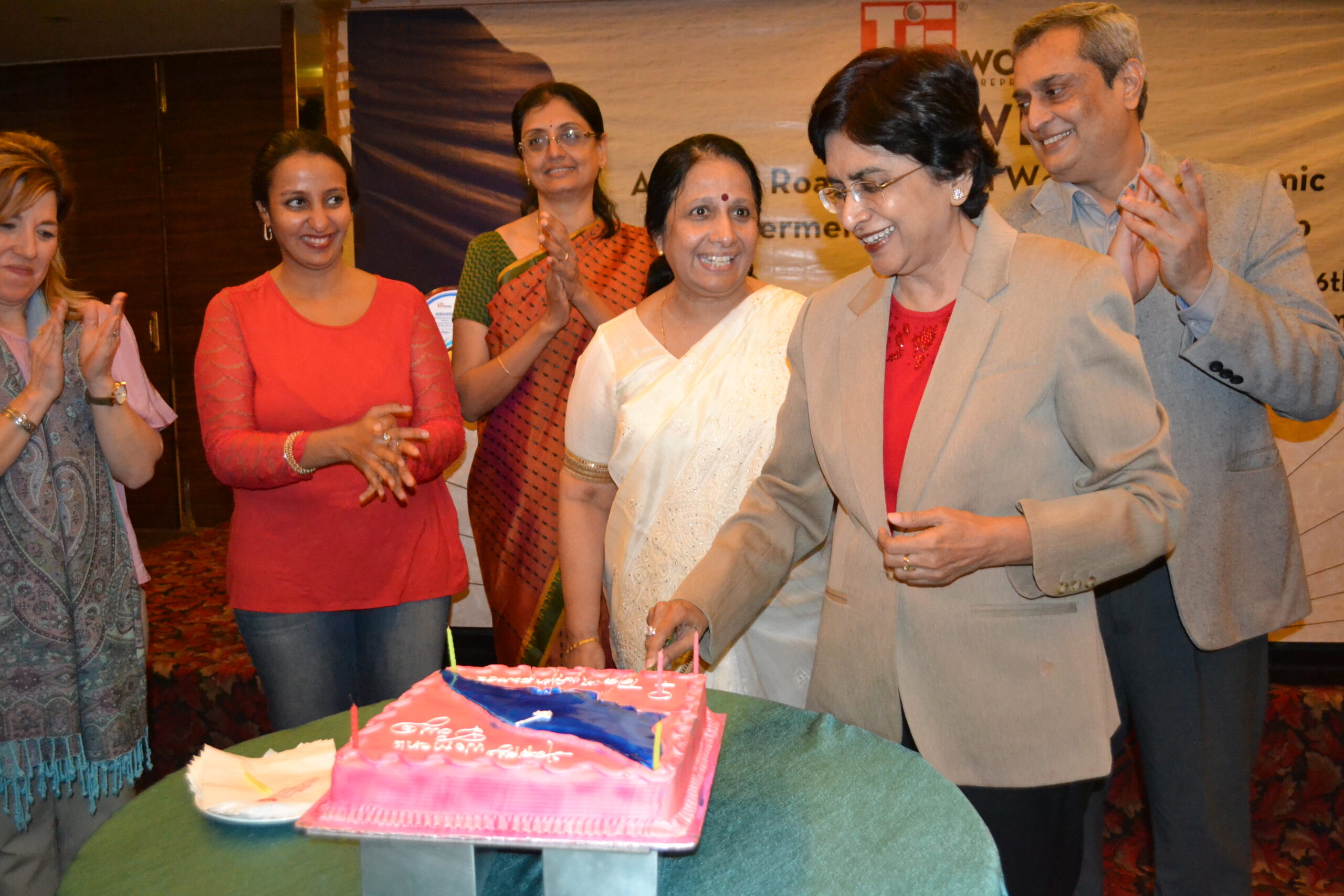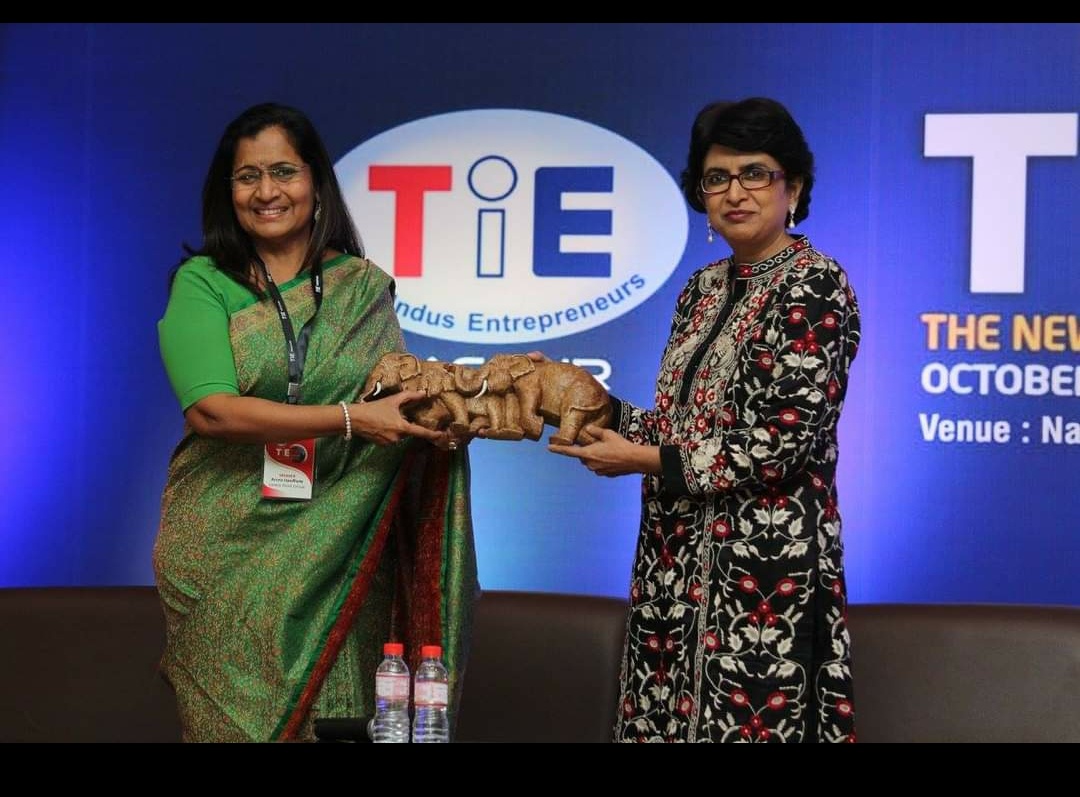“Learning all the time”- 10 June 2014
The new MD was an altogether different person. Not only was she young and experienced, but appeared to be a person with an agenda that confused many. When she came in, she set clear goals for the company and wanted everybody to work in a focused manner to achieve those. As she presided over the initial period of the people getting used to her style of working, the MD asked her Secretary to give her personal files of senior-level managers. Nobody knew what was in her mind. But in a few days, she started calling files of middle-level managers as well.
Then after a few weeks of all that reading she started calling managers one by one for personal meetings mostly at the canteen, at a corner table. The company had never seen anything like this.
But more was to come. When she learned that one senior manager is a good singer of Hindi songs, she sought to learn from him. “Please give me tips on how to improve my singing”, she said to him. From a woman manager, she wanted to learn how to knit woollen hand-gloves. Likewise, the MD set up dates to learn certain things which she did not know well.
The workforce was aghast at first. Nobody knew how to react to such an approach by the big boss. The word went to the company’s Chairman, too. A man who had founded the company and had handled many employee-MDs, he called the new leader, and asked what was going on.
She smiled and said, “Sir, as I had personal interviews with a few managers, I realised that many of them had exceptional talents. I felt tempted to request some of them to teach me a few things. That is what I am trying to do.”
Surprised, the Chairman asked, “But, don’t you think that you are making yourself vulnerable to various pressures on personal front from the people whom you are treating as your gurus?”
That was a genuine question and concern. For, such has been the experience of many chief executives all over. Many have become vulnerable to pressures of personal nature whenever they had developed close associations with their juniors.
But Shashikala, the new MD, was sure about what she wanted to achieve. She said, “Sir, I agree that such a situation can come up. But much will depend upon how much leash I give to all these people. That I am learning certain things from them, is all right. But that does not mean that they would ever try to take an undue advantage of it. And if some of them do, then I know how to cut short all such elements.
“This is a matter of good faith, after all. If somebody wants to trample that article of good faith, then that person would be dealt with differently. In that case, I will be firm, but not allow any person to cross limits of good faith and good behaviour at workplace.”
The chairman did not get convinced altogether, but did get a feeling that the women knew what she was doing. Of course, there was no question of asking her to change her way. And silently, the Chairman also felt happy that his new MD is trying to identify herself with the workforce.
That is actually the crux of leadership. Many people in high positions cut themselves off from their colleagues at lower levels. In times of crises, such leaders mainly draw blanks when they ask for extra-ordinary services from their workforce. That will not be the case with Shashikala, the Chairman felt.
Another difficulty with many leaders is that they want to create an impression that they need not show to their juniors that they do not know certain or have certain skills. In an effort to present themselves as ‘know-all’s, they alienate themselves from their team. But when an MD expresses serious interest in learning things from her colleagues at any level, she is only passing a positive message to the workforce. For, she then appears as human as anybody else.
That is one good way of demolishing many artificial barriers between the leader and the team.









